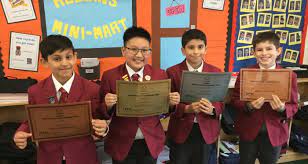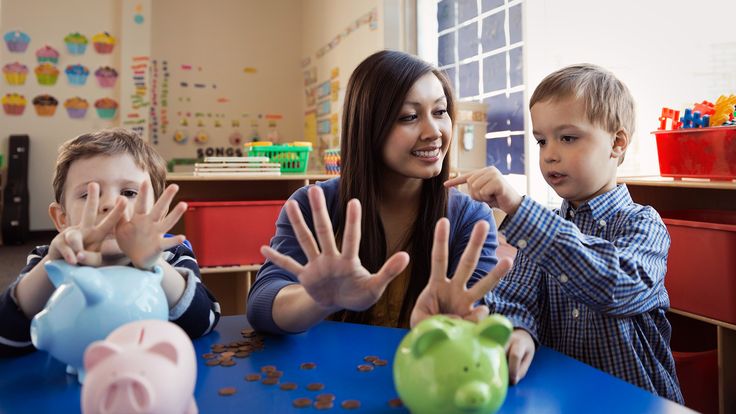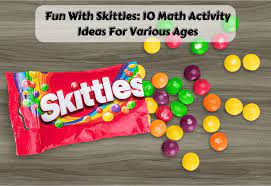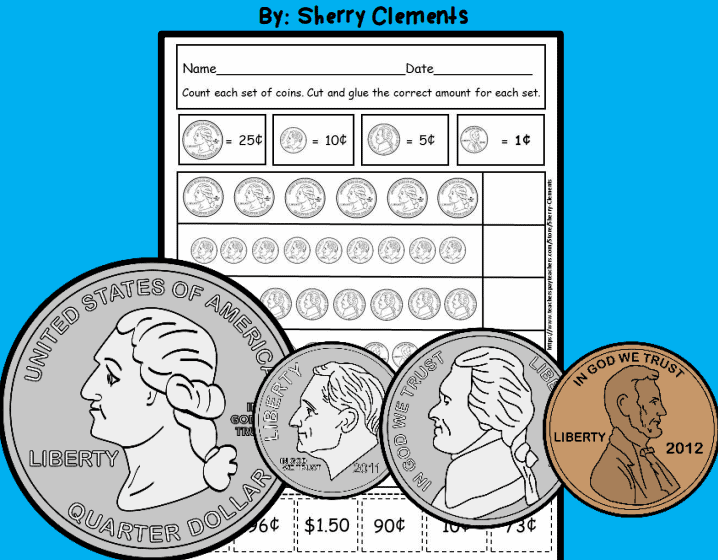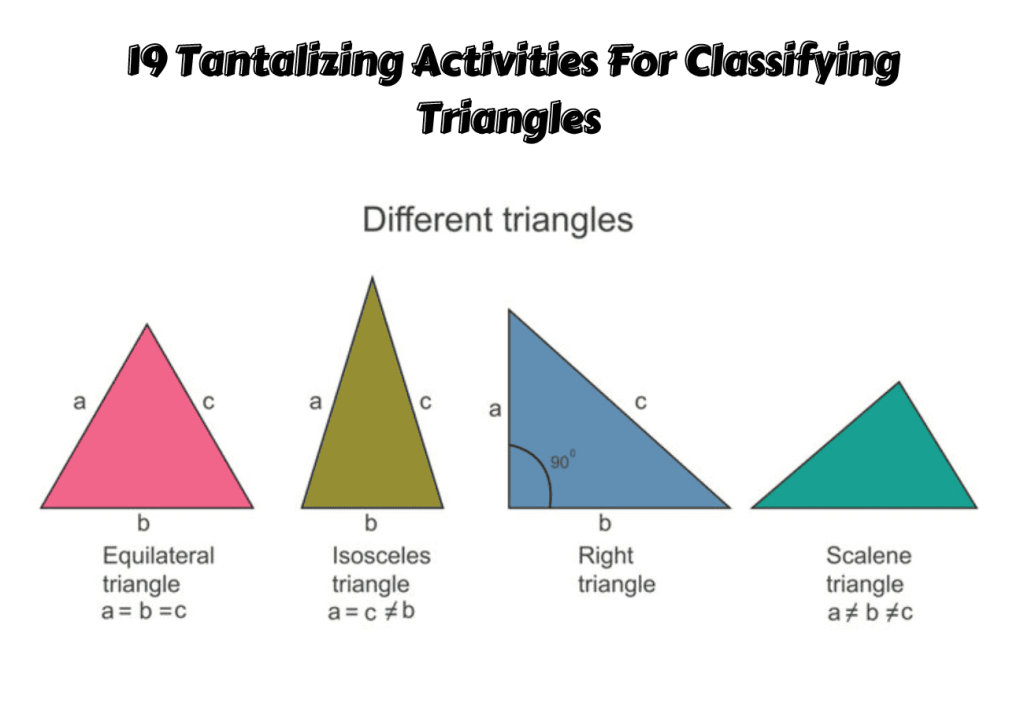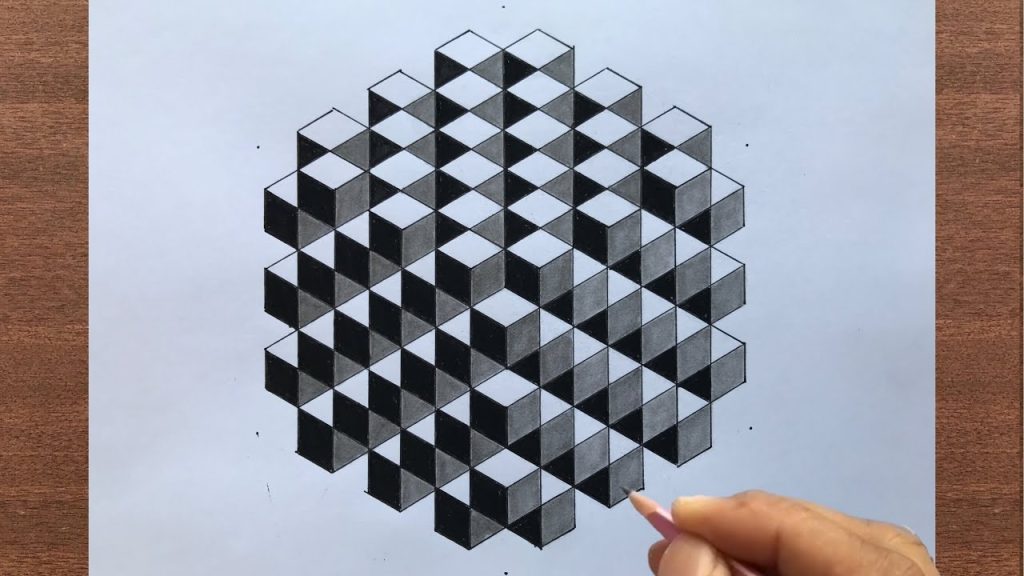Introduction
Throughout history, able mathematicians have played a crucial role in shaping the world around us. From developing groundbreaking theories to solving complex problems, their work has influenced a wide range of fields, including science, engineering, and technology. In this article, we will explore the lives and contributions of some of these exceptional individuals and how their ideas continue to impact our lives today.
Famous Mathematicians and Their Contributions
1. Euclid (c. 300 BCE)
Often referred to as the “Father of Geometry,” Euclid was a Greek mathematician whose book, “Elements”, remains a foundational work in the field of mathematics. The book covers the essential axioms and postulates of geometry, many of which are still in use today.
2. Isaac Newton (1642-1727)
One of history’s most famous scientists and mathematicians, Sir Isaac Newton’s discoveries spanned several fields. His work on calculus laid the groundwork for modern mathematical analysis and optimization, while his law of universal gravitation revolutionized our understanding of the cosmos.
3. Leonhard Euler (1707-1783)
Euler was a Swiss mathematician who made significant advancements in numerous branches of mathematics, including graph theory, topology, number theory, and analysis. He was also instrumental in introducing key notations like ‘e’ for Euler’s number (the base of natural logarithms) and ‘i’ for imaginary units.
4. Ada Lovelace (1815-1852)
A pioneer in computer science and programming, Ada Lovelace is often credited as being the world’s first computer programmer after her collaboration with Charles Babbage on his Analytical Engine—an early mechanical general-purpose computer. She published the first algorithm intended for use on a computer, demonstrating her deep understanding of both mathematics and computing concepts.
5. Albert Einstein (1879-1955)
Best known for his groundbreaking theory of relativity, Einstein was a mathematician and theoretical physicist who forever changed our perception of space and time. His work not only laid the foundation for modern physics but also had significant implications for the development of atomic energy and space exploration.
The Legacy of Able Mathematicians
Able mathematicians’ contributions have undeniably had a profound impact on both their respective fields and society as a whole. By pushing the boundaries of mathematical knowledge and its real-world applications, these individuals have revolutionized our understanding of the universe and paved the way for future generations to build on their accomplishments.
As we take inspiration from these remarkable individuals, it’s essential to encourage young aspiring mathematicians to explore their passion for mathematics and support them in their journey to becoming future innovators. In doing so, we can ensure continued progress in mathematics and its endless potential to shape our world for the better.


